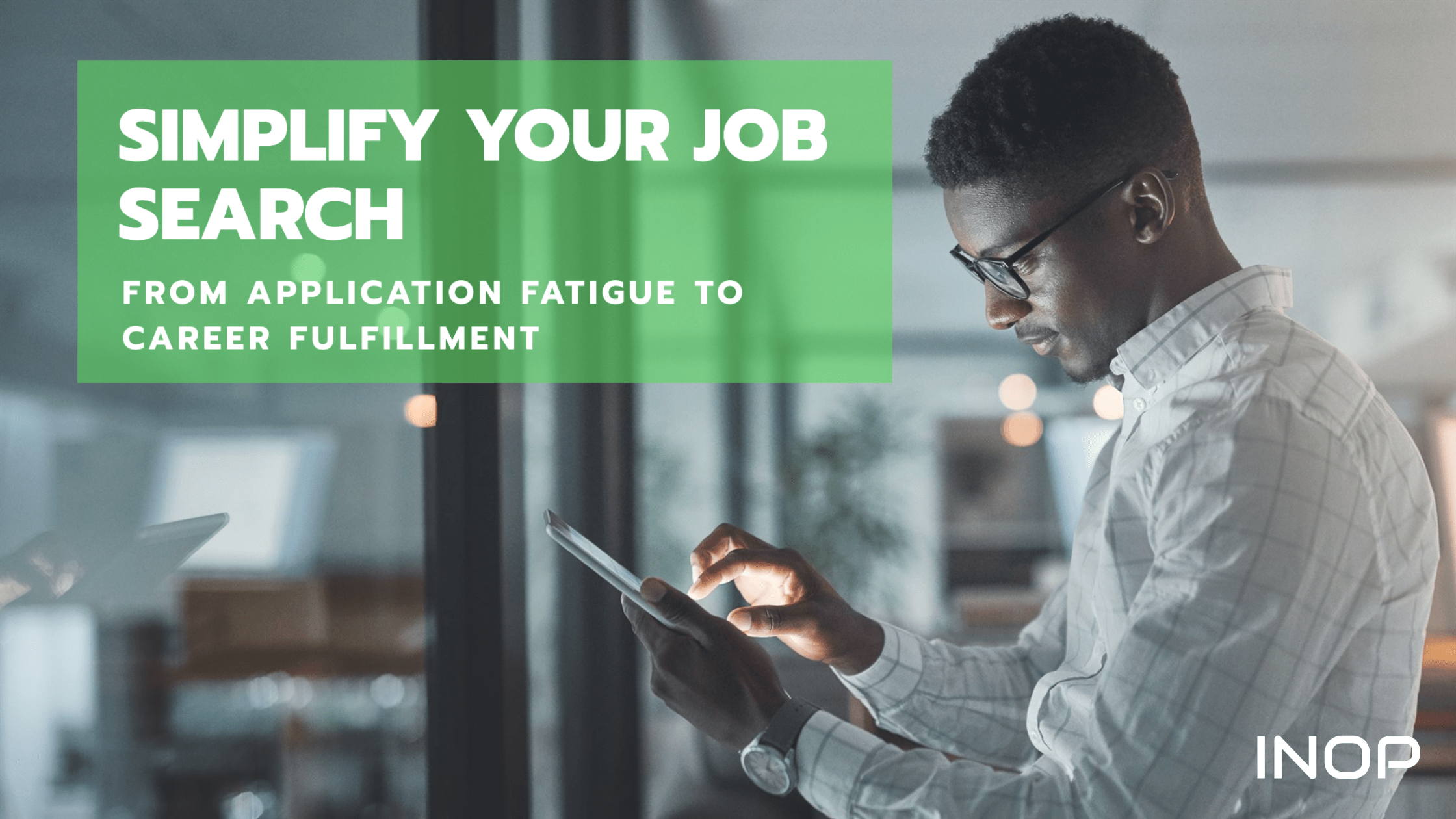Are you burned out by endless job applications? Application fatigue is rising rapidly: one study found job seekers submit an average of 27 applications before receiving just five responses. This article guides you from that frustrating grind toward discovering purposeful careers—and how to make the journey efficient and empowering.
What Is Application Fatigue?
“Application fatigue” refers to the exhaustion and demotivation people feel after repetitive job applications with little-to-no feedback. This emotional drain affects mental health, self-confidence, and motivation. In a competitive market—where sometimes over 95% of applicants go unheard—job seekers often reach burnout before landing interviews.
As a result productivity drops, persistence wanes, and potential career paths get abandoned too soon.
Why Application Fatigue Happens
Application fatigue doesn’t happen in a vacuum. Understanding its root causes empowers you to avoid it.
Overwhelming Volume of Platforms
Job seekers often apply across 10–15 platforms, each requiring custom résumés, cover letters, and personality quizzes.
Poor Feedback and Communication
Without acknowledgment or rejection updates, applicants feel invisible—eroding motivation.
Generic Applications
Applying to roles that don’t align with your skills or passions leads to low response rates and wasted effort.
Emotional Toll of Rejection
Unanswered applications can feel like personal rejection—even when they’re algorithmic or volume-driven responses.
Suggested Article to Read: deloitte global gen z and millennial survey 2025
The Hidden Costs of Application Fatigue
Understanding its impact helps justify changing strategies.
- Time loss: Spending 10–20 hours per role yields poor ROI if you’re often ignored.
- Mental strain: Chronic rejection impacts focus, creativity, and confidence.
- Missed opportunities: Exhausted applicants may abandon well-aligned roles because they’re overwhelmed with irrelevant ones.
Moving Toward Career Fulfillment
Here’s how to transform effort into impact.
Craft Purposeful Job Targets
Focus on roles aligned with your values, skills, and long-term goals. Quality over quantity improves response rates and engagement.
Build a Behind-the-Scenes Career Strategy
Rather than blasting resumes, build relationships:
- Engage in relevant communities (e.g. industry groups, Slack channels)
- Share expertise via content, conversations, or mini‑projects
- Let hiring managers come to you, not the other way around
Leverage Smart Tools & Talent Screening
Use platforms or services that prioritize “talent screening” to highlight candidates whose skills and values fit company culture. This reduces manual application fatigue and connects you with roles tailored for you.
Optimize Your Application Process
- Customize attachments efficiently: use templates and focus on relevant details
- Track submissions and follow-ups in a spreadsheet or tool
- Limit weekly applications: aim for 5–10 high-quality submissions rather than 50 generic ones
Rebuild Your Mindset
- Celebrate small wins: every interview, connection, or insightful message counts
- Practice self-care: break between application batches, take social breaks to recharge
How Organizations Can Combat Application Fatigue for Candidates
Candidate experience matters. Here are improvements businesses should implement:
- Provide automated acknowledgments and meaningful feedback
- Simplify application flows; avoid long personality quizzes or unnecessary steps
- Offer visibility into hiring timelines and progression
- Use internal data and “strategic workforce planning” tools to screen and engage ideal-fit candidates early
Comparing Strategies That Reduce Application Fatigue
| Approach | Results | Benefit to You |
|---|---|---|
| Send many generic applications | Low response, high rejection | Very little return on effort |
| Targeted high-alignment applications | Higher response, more callbacks | Saves time, boosts confidence |
| Network‑based outreach | Leads to conversations and referrals | Creates organic connection |
| Use platform matching or screening | Streamlined process, better fit | Higher interview quality |
Real-Life Examples
- Sarah, a marketing specialist: narrowed her applications from 60 to 8 focused roles aligned with her values. Received 3 interviews and 2 job offers within 4 weeks.
- Michael, a data analyst: switched to strategic networking via a professional community. His first connection led to an insider referral with priority review—cutting his application time by 80%.
Sustaining Career Fulfillment After Landing a Job
Stay engaged even after you’re hired:
- Seek clarity on impact and purpose in your role
- Set milestones and self-review checkpoints
- Use internal mobility or learning opportunities to keep progressing
- Keep a healthy relationship with work goals—avoiding burnout by periodically reflecting and resetting
![]()
Conclusion
Application fatigue doesn’t have to define your career journey. By shifting away from volume-based job hunting to purposeful targeting, smarter tools, and strategic networking, you can reclaim motivation and land roles that fulfill your mission and potential.
If this guide resonated with you, feel free to leave a comment below, share with others facing application burnout, or explore more career insights to help you find meaningful opportunities.
Wishing you clarity and impact on your path ahead!
Frequently Asked Questions
What is application fatigue and how can I avoid it?
Application fatigue is burnout caused by repetitive, low-yield job applications. You can avoid it by prioritizing targeted roles, limiting weekly volume, and tracking outcomes efficiently.
How many applications should I send weekly to stay effective?
Aim for around 5–10 high-quality applications aligned with your skills and values. This focused approach improves replies and prevents burnout.
Can networking reduce application fatigue?
Yes. Networking through communities or professional platforms can lead to referrals and direct conversations—often bypassing large applicant pools.
Are there tools that help match me to better-fit jobs?
Yes. Tools or services offering talent screening matching based on skills, values, and company culture can improve fit quality and reduce wasted applications.
How long does it take to move from fatigue to meaningful offers?
When switching to targeted applications and networking, many candidates receive positive traction within 3–6 weeks.
